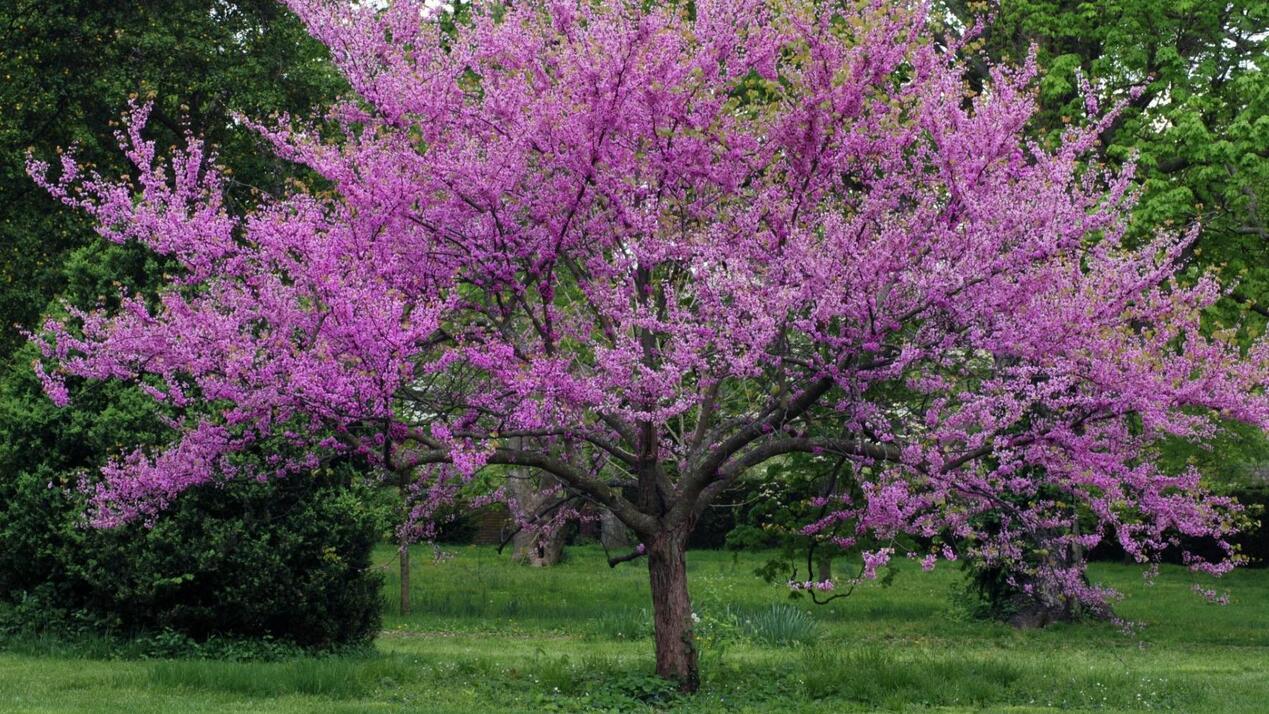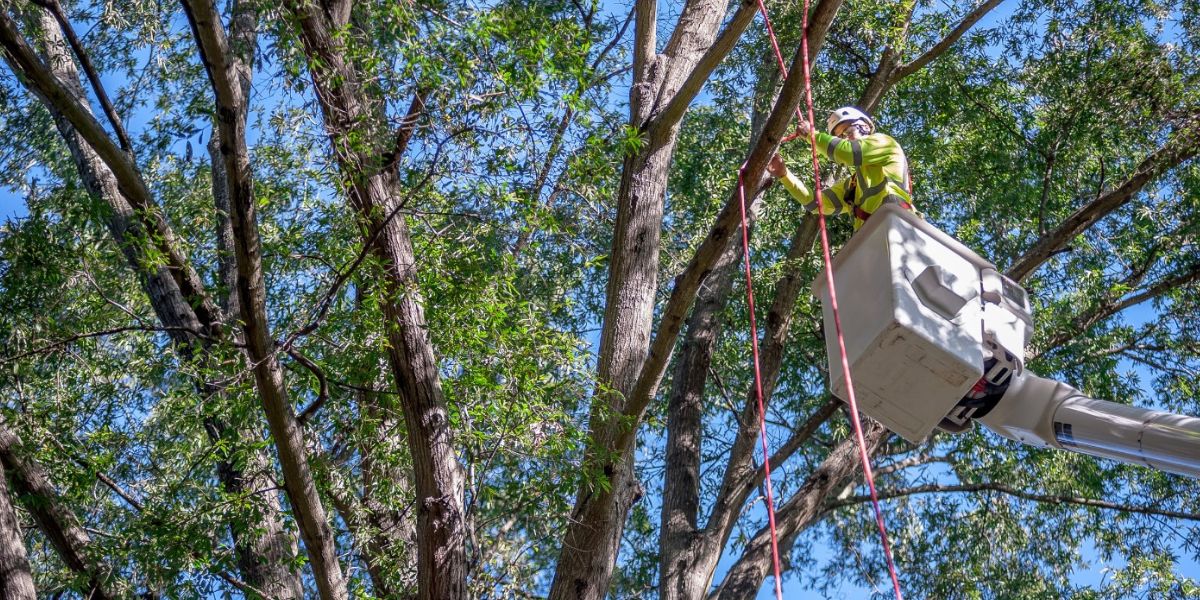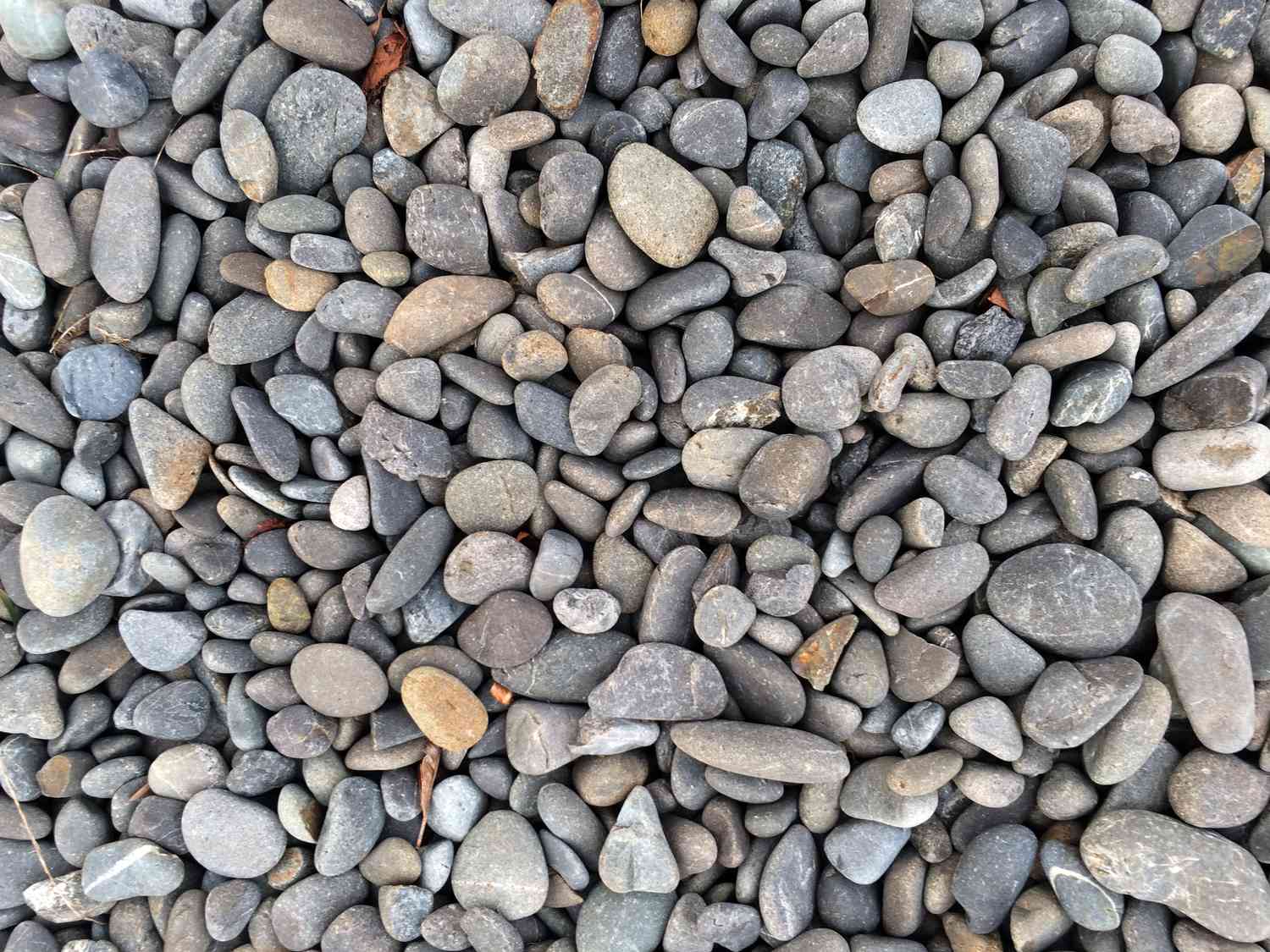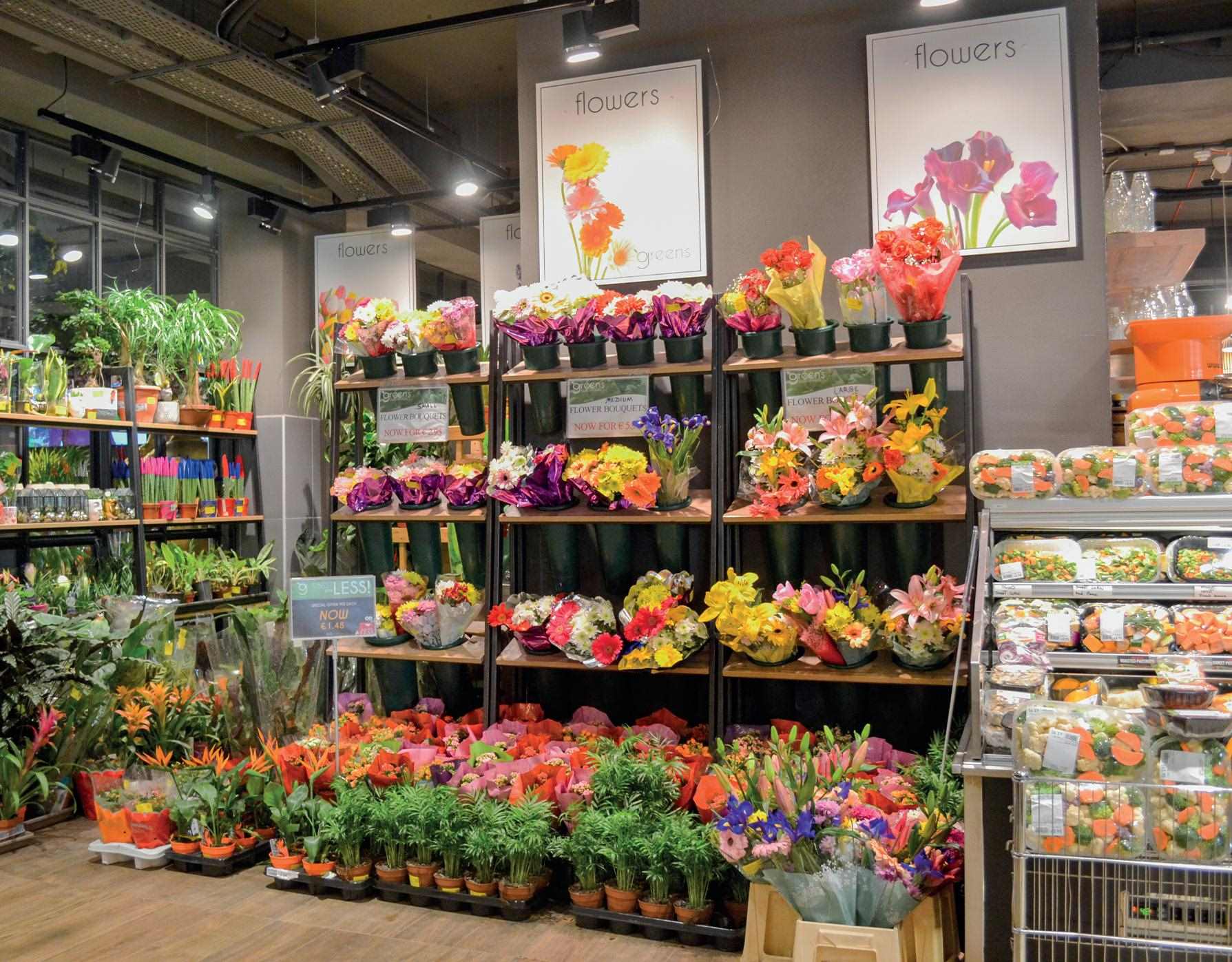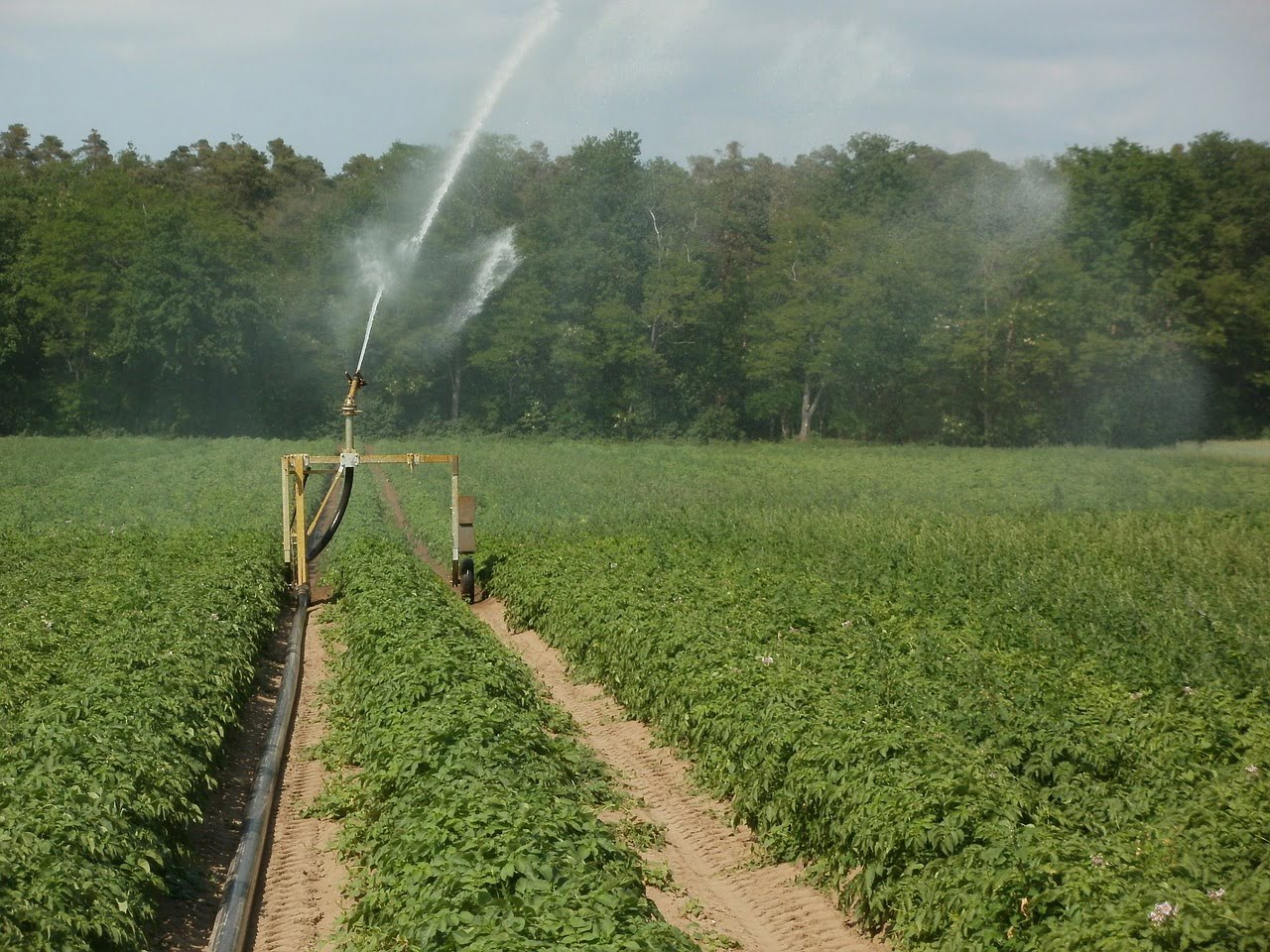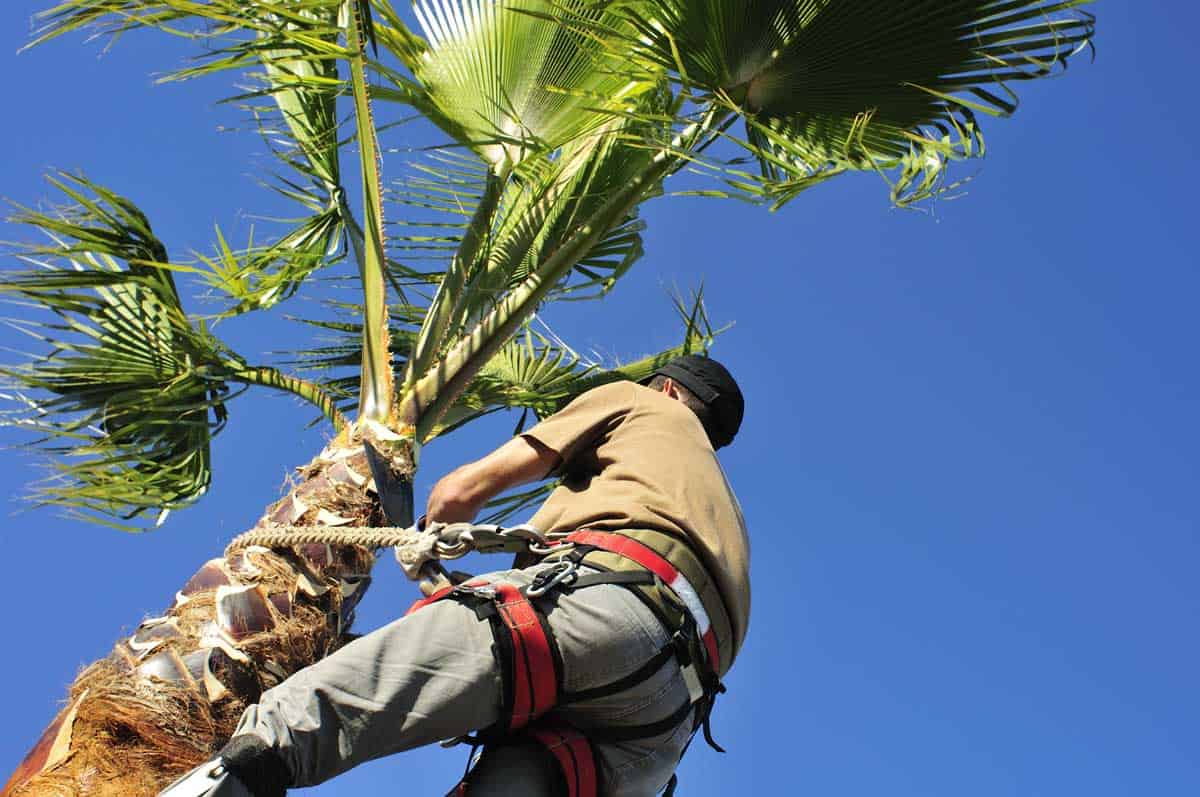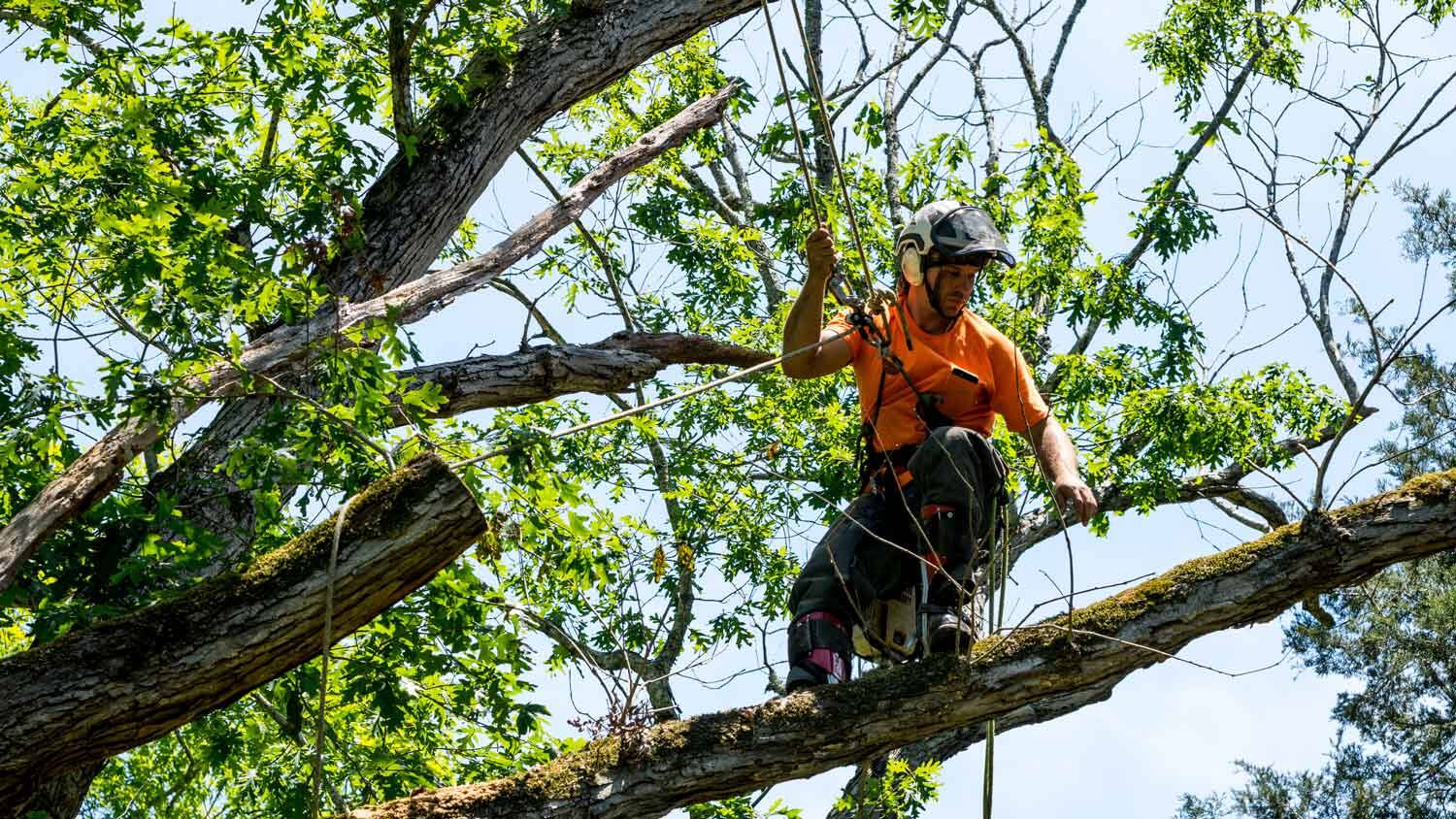Home>Reviews>Product Reviews>How Much Do Redbud Trees Cost
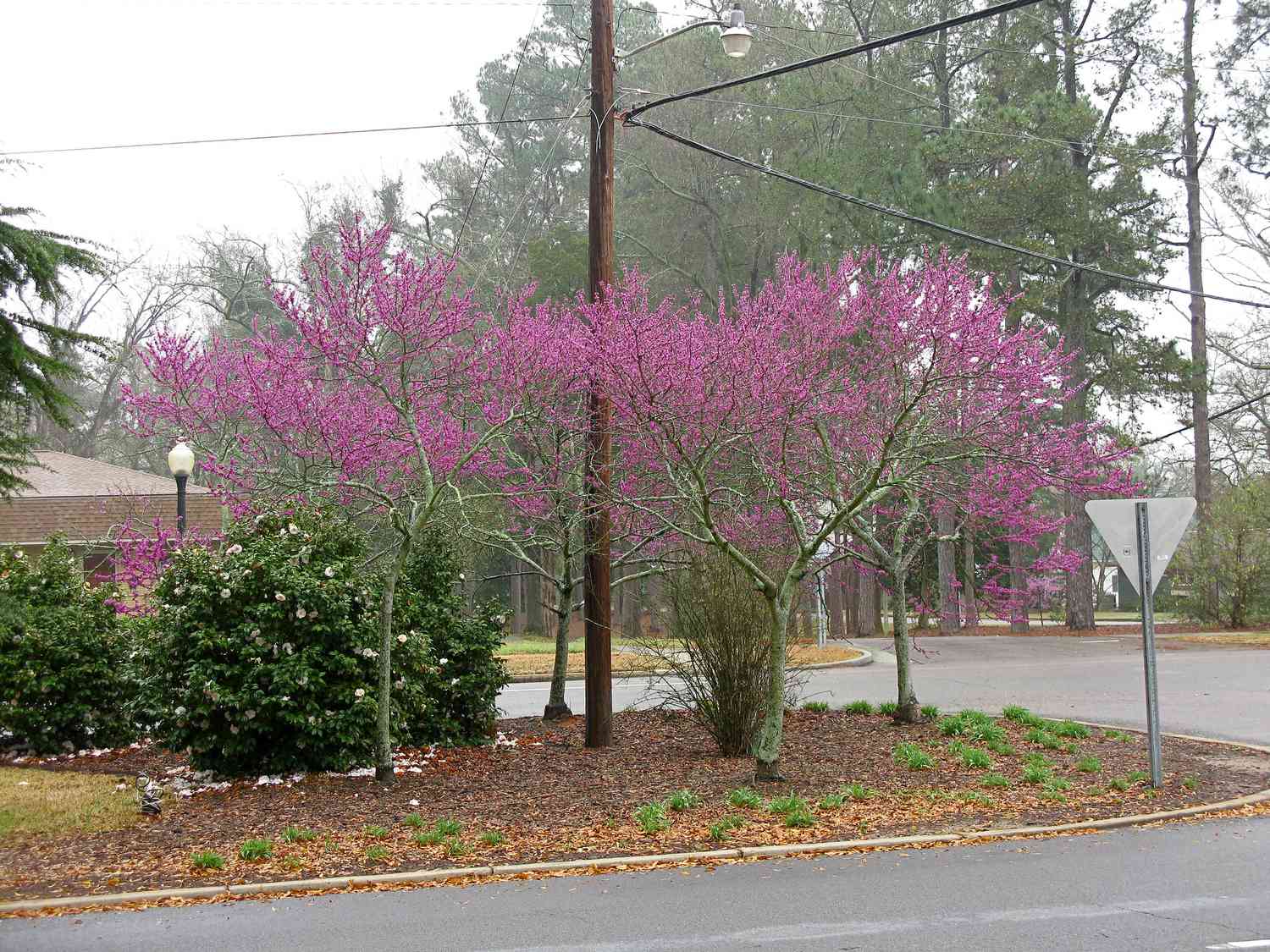

Product Reviews
How Much Do Redbud Trees Cost
Modified: January 22, 2024
Discover the average cost of Redbud trees with our comprehensive product reviews. Find the best deals and compare prices to make an informed decision.
(Many of the links in this article redirect to a specific reviewed product. Your purchase of these products through affiliate links helps to generate commission for Chicagolandgardening.com, at no extra cost. Learn more)
Table of Contents
Introduction
Welcome to our comprehensive guide on Redbud trees and their costs. If you’re looking to add a touch of beauty and elegance to your garden or landscape, Redbud trees are an excellent choice. These stunning deciduous trees are known for their vibrant flowers and unique heart-shaped leaves, making them a favorite among homeowners and gardening enthusiasts.
Redbud trees, scientifically known as Cercis, are native to North America and are popular for their ornamental value. They come in various species and cultivars, each offering its own distinct beauty and characteristics. Before investing in a Redbud tree, it’s important to understand the factors that can affect their prices and the different options available.
In this article, we will explore the various factors that influence the cost of Redbud trees, the different types of Redbud trees available, where you can purchase them, and other essential considerations. Whether you’re a seasoned gardener looking to expand your collection or a beginner embarking on your gardening journey, this guide will provide you with the information you need to make an informed decision.
So let’s dive in and discover everything you need to know about Redbud trees and their costs!
Factors Affecting Redbud Tree Prices
Several factors can have an impact on the prices of Redbud trees. Understanding these factors will help you gauge the potential cost and make an informed decision when purchasing a Redbud tree for your garden. Here are some of the key factors to consider:
- Size: The size of the Redbud tree plays a major role in determining its price. Smaller, younger trees are typically more affordable, while larger, more mature trees can be more expensive. Keep in mind that larger trees may require more careful transportation and planting, which can also contribute to the overall cost.
- Species and Cultivar: Redbud trees come in different species and cultivars, each with its unique characteristics and appearances. Some cultivars might be rarer or more in-demand, resulting in higher prices. Consider your preferences and the specific qualities you’re looking for in a Redbud tree when considering the species or cultivar.
- Tree Quality: The overall health, shape, and condition of the Redbud tree can influence its price. Trees that are well-maintained, disease-free, and have a desirable growth habit may be priced higher than trees that are less healthy or have irregular growth patterns.
- Source and Location: The source of the Redbud tree and its location can also impact the price. Trees sourced from reputable nurseries or specialized Redbud tree growers may be priced higher due to the quality assurance and expertise involved in their cultivation. Additionally, geographical location can affect the availability and cost of certain tree varieties.
- Market Demand: The principle of supply and demand also applies to Redbud trees. If a specific species or cultivar of Redbud tree is in high demand, the prices may be higher. Conversely, if there is an abundance of a particular variety, the prices may be more competitive.
It’s important to consider these factors when shopping for Redbud trees to ensure you find the best tree within your budget. By understanding how these factors can influence the price, you can make a more informed decision and find a Redbud tree that meets your desired specifications.
Types of Redbud Trees and Their Costs
Redbud trees offer a variety of species and cultivars, each with its own unique characteristics and aesthetic appeal. Here are some popular types of Redbud trees and the average costs associated with them:
- Eastern Redbud (Cercis canadensis): The Eastern Redbud is the most common and widely available species of Redbud tree. It features beautiful pink to purple flowers in early spring and can reach a height of 20 to 30 feet. Younger Eastern Redbud trees can cost anywhere from $30 to $60, while larger, more mature trees can range from $100 to $300.
- Forest Pansy Redbud (Cercis canadensis ‘Forest Pansy’): The Forest Pansy Redbud is a cultivar of the Eastern Redbud tree. It is known for its striking purple-red leaves, which turn green as they mature. The Forest Pansy Redbud is a popular choice among gardeners for its stunning foliage. Younger Forest Pansy Redbud trees can range from $40 to $80, while larger, more established trees can cost between $150 to $400.
- Oklahoma Redbud (Cercis reniformis ‘Oklahoma’): The Oklahoma Redbud is a cultivar with unique glossy, heart-shaped leaves and pink flowers. It is a relatively smaller Redbud tree, reaching a height of about 10 to 12 feet. Younger Oklahoma Redbud trees can range from $40 to $80, while larger, more mature trees can go up to $200 to $400.
- Texas Redbud (Cercis canadensis var. texensis): The Texas Redbud is a native variety known for its tolerance of heat and drought conditions. It produces beautiful lavender-pink flowers and can reach a height of 15 to 20 feet. Younger Texas Redbud trees can cost between $35 to $70, while larger, more established trees can range from $150 to $300.
- White Redbud (Cercis canadensis ‘Alba’): The White Redbud, also known as the Whitebud, is a cultivar of the Eastern Redbud tree. It produces lovely white flowers instead of the typical pink or purple blooms. Younger White Redbud trees can cost between $40 to $80, while larger, more mature trees can range from $150 to $400.
Please note that these costs are just averages and can vary based on factors such as tree size, quality, and location. It’s always recommended to check with local nurseries or online retailers to get the most accurate and up-to-date pricing information for the specific Redbud tree you’re interested in.
Now that you’re familiar with some of the types of Redbud trees and their associated costs, you can make a more informed decision about the variety that best suits your preferences and budget.
Average Cost of Redbud Trees
The average cost of Redbud trees can vary depending on several factors, including the size, species or cultivar, quality, and location. Here is a general overview of the average costs you can expect when purchasing Redbud trees:
For smaller, younger Redbud trees, you can typically find them at prices ranging from $30 to $80. These younger trees are usually around 2 to 3 feet tall and are ideal for those looking to establish a new Redbud tree in their garden.
As the size and age of the Redbud tree increase, so does the price. Larger, more mature Redbud trees, around 6 to 8 feet tall, can range from $100 to $400 or even higher. These trees offer immediate impact to your landscape and are perfect for those who want to enjoy the beauty and shade provided by a more established Redbud tree.
It’s important to note that prices can also fluctuate depending on the specific species or cultivar of Redbud tree you choose. Rarer or specialty varieties may often command higher prices due to their unique characteristics and availability.
When considering the average cost of Redbud trees, it’s also worth considering the additional expenses that may be associated with your purchase. These can include container fees, delivery charges, and landscaping services, if necessary. Additionally, some nurseries may offer warranties or guarantees on their trees, which can also affect the overall cost.
To get the most accurate pricing information for Redbud trees, it’s best to contact local nurseries, garden centers, or online retailers in your area. They can provide you with specific pricing details based on the size and variety of Redbud tree you are interested in.
Remember, investing in a Redbud tree is not just about the initial cost, but also the long-term beauty and benefits it will bring to your garden and landscape. Consider your budget, desired tree size, and specific preferences when comparing prices to find the perfect Redbud tree that fits both your needs and your wallet.
Where to Buy Redbud Trees
When it comes to purchasing Redbud trees, there are several options available to you. Here are some popular places where you can buy Redbud trees:
- Local Nurseries and Garden Centers: Local nurseries and garden centers are a great place to start your search for Redbud trees. These establishments usually offer a wide selection of tree varieties and can provide expert advice on caring for and planting Redbuds. Visit your nearby nurseries and garden centers to explore the options they have available and receive personalized guidance from knowledgeable staff.
- Online Nurseries: If you prefer the convenience of shopping from home, online nurseries are an excellent option. Many reputable online nurseries specialize in selling a variety of trees and plants, including Redbud trees. These nurseries often provide detailed descriptions, photos, and customer reviews to help you choose the right Redbud tree for your needs. Be sure to check the shipping options, return policy, and customer reviews before making a purchase.
- Landscapers and Arborists: Hiring professional landscapers or arborists can be another avenue to explore when looking for Redbud trees. These professionals often have access to a wide selection of trees, including Redbuds, and can assist in the selection and planting process. Additionally, they may offer maintenance services to ensure the optimal health and growth of your Redbud tree.
- Local Plant Sales and Garden Events: Keep an eye out for local plant sales, garden events, or horticultural society meetings in your area. These events are often held by gardening enthusiasts, community organizations, or local botanical gardens. They can be a great opportunity to find unique Redbud tree varieties and meet fellow gardeners who can provide valuable advice and recommendations.
- Private Sellers: In some cases, you may come across private sellers who have Redbud trees available for sale. These sellers can be found through online classified ads, community notice boards, or by word-of-mouth. While purchasing from private sellers can be more unpredictable, it can sometimes lead to great deals and opportunities to acquire rare or hard-to-find Redbud tree varieties.
Remember, when buying Redbud trees, it’s important to consider factors like tree quality, reputation of the seller, and any warranties or guarantees offered. It’s also a good idea to research the specific requirements and care guidelines for Redbud trees before making a purchase, so you can ensure their long-term health and vitality.
By exploring these different options and considering your specific needs and preferences, you can find the perfect place to buy Redbud trees and embark on your journey to create a beautiful landscape filled with these stunning flowering trees.
Additional Costs and Considerations
When purchasing and planting Redbud trees, there are additional costs and considerations beyond the initial purchase price to keep in mind. Taking these factors into account will help ensure the success and longevity of your Redbud tree. Here are some important things to consider:
- Planting and Landscaping: If you’re not comfortable planting the Redbud tree yourself, hiring a professional landscaper or arborist to assist with the planting process may be necessary. Their expertise can help ensure that the tree is properly installed, increasing its chances of establishing a healthy root system. The cost of hiring a professional may vary depending on the complexity of the job and your location.
- Maintenance and Care: Redbud trees require regular maintenance and care to promote healthy growth and longevity. This can include watering, fertilizing, pruning, and protecting the tree from pests and diseases. Consider the ongoing costs associated with these maintenance tasks when budgeting for your Redbud tree.
- Support Structures: Young Redbud trees might require support structures such as stakes or ties to help them grow straight and stable. This can prevent leaning or damage caused by strong winds or storms. The cost of these support structures should be factored in when planning for your Redbud tree.
- Landscaping and Design: Redbud trees can be a focal point or a complimentary element in your overall garden design. Consider the additional costs associated with landscaping and designing the area around the Redbud tree, including adding mulch, decorative borders, or other plants and flowers that complement the tree’s aesthetics.
- Climate and Location: Redbud trees have specific climate and location requirements. Before purchasing a Redbud tree, consider your local climate and whether it is suitable for the specific species or cultivar you desire. Some Redbud trees may not thrive in extreme climates or certain soil conditions, so it’s crucial to assess these factors beforehand.
- Warranties and Guarantees: Some nurseries may offer warranties or guarantees on their Redbud trees. This can provide added peace of mind and protection in case of tree failure or health issues. Be sure to inquire about any warranties or guarantees and understand the terms and conditions before making a purchase.
By considering these additional costs and factors, you can better plan for the overall investment required for your Redbud tree and ensure its long-term success. It’s important to care for your Redbud tree diligently and provide the necessary maintenance to enjoy its beauty and benefits for years to come.
Conclusion
Redbud trees are a beautiful addition to any garden or landscape, adding a vibrant burst of color and elegance. When considering the purchase of a Redbud tree, it’s important to understand the factors that can affect its price, such as size, species or cultivar, tree quality, source, and market demand. By considering these factors, you can make an informed decision and find a Redbud tree that fits your budget and preferences.
There are various types of Redbud trees available, each with its own unique characteristics and costs. From the popular Eastern Redbud to the stunning Forest Pansy Redbud and other varieties like the Oklahoma Redbud, Texas Redbud, and White Redbud, there is a Redbud tree to suit every taste and landscape design.
You have multiple options for purchasing Redbud trees, including local nurseries, garden centers, online nurseries, landscapers, and private sellers. Be sure to consider factors like tree quality and reputation of the seller when making a purchase. Additionally, don’t forget to factor in the potential costs of planting and landscaping, ongoing maintenance and care, and any warranties or guarantees offered.
Overall, investing in a Redbud tree is not just a monetary investment; it’s an investment in the natural beauty and environmental benefits that these trees provide. With proper care and attention, your Redbud tree can thrive and become a focal point in your garden for years to come.
We hope this comprehensive guide has provided you with valuable insights into the costs and considerations associated with Redbud trees. By understanding these factors and taking them into account, you can confidently select and nurture a Redbud tree that will bring joy and beauty to your outdoor space.
